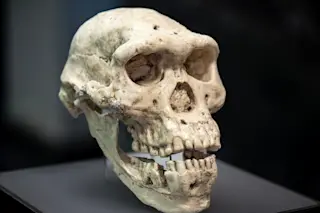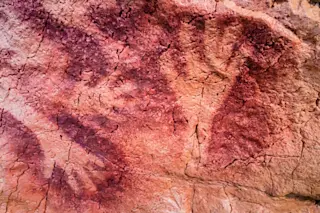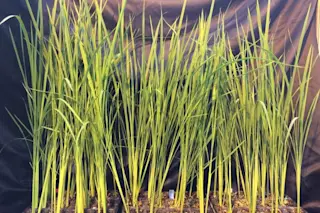Joan Oates’s sharp blue eyes spotted something that was not right. Standing on the windy summit of a vast, human-made mound in northeastern Syria, the wiry 81-year-old archaeologist noticed an ugly scar that had been left by a backhoe on one of the smaller mounds ringing the ancient city of Nagar, where she has excavated for a quarter century. Oates had just arrived to begin her latest season at the site, and this blemish on her cherished landscape annoyed her. Two young men on her team volunteered to investigate the damage. They returned, shaken. Jumping into the trench, one of them had come face-to-face with a skull. “Everywhere we looked, there were human bones,” one recalls. “There were an enormous number of dead people.”
More than 100, it turned out, and their remains had rested there undisturbed for nearly six millennia. What Oates’s team found that hot autumn day in ...













